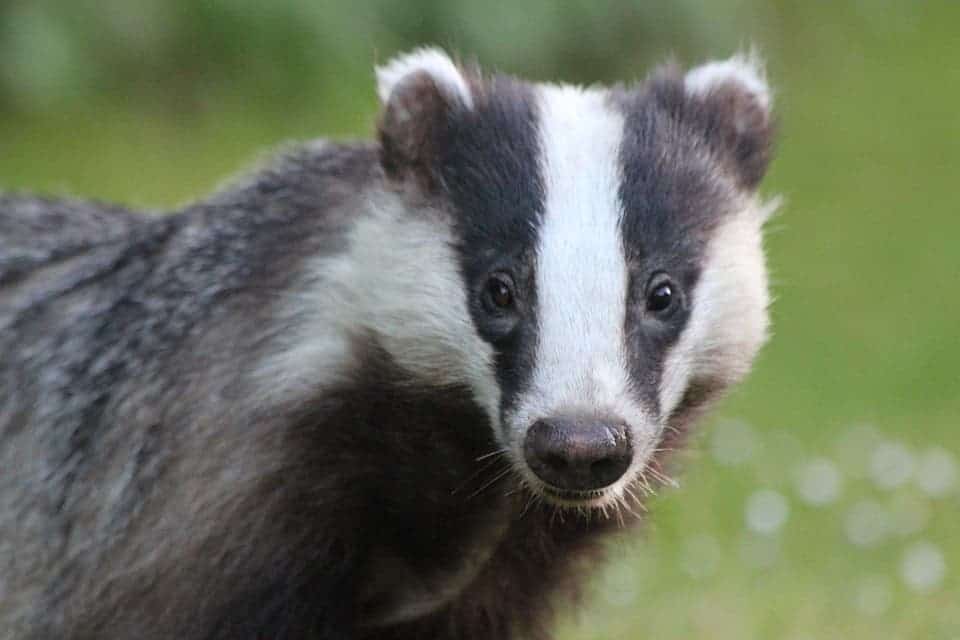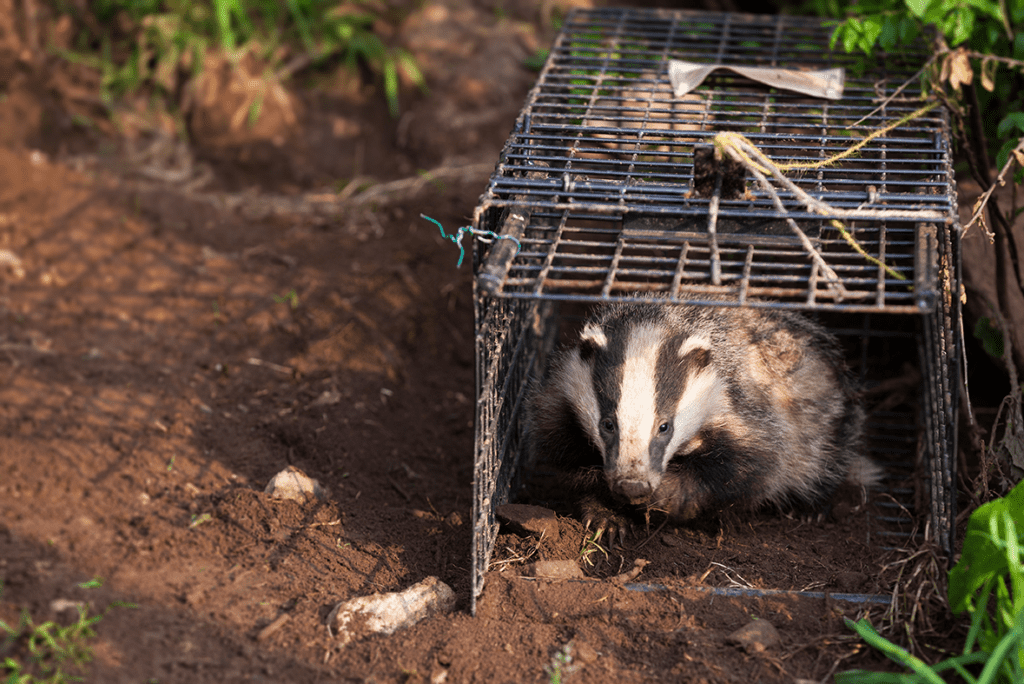A study carried out in the UK found that badger culling (which is often done in the hope of avoiding the spread of bovine tuberculosis) can be counterproductive, as badgers in cull areas wander more and are more likely to come in contact with cattle.

The UK doesn’t really seem to have much love for its native predators. After the local population of grey wolves and brown bears were driven to extinction, the badger has remained as one of the largest predators (alongside the red fox, which is oftentimes an urban creature). Even so, badgers aren’t exactly popular with the Brits, particularly those in rural areas.
Although there is no country-wide position on badger culling, it is permitted under a licence, within a set area and timescale. Badgers are sometimes trapped and then shot — or shot directly. This is done as a way to reduce the spread of bovine tuberculosis, a disease which can be dangerous for cattle, but poses no real risk for humans. It’s estimated that the disease will cost the UK government around $1.2 billion over the next 10 years.
However, the culling approach seems to be unproductive at best. A new study carried out by researchers from the Zoological Society of London (ZSL) used GPS trackers to follow the movement of badgers within a cull area. The team found that after a population was culled, the surviving badgers covered 61% more land every month, visiting 45% more fields each month, making the risk of disease transmission larger than before the cull. Furthermore, these changes were observed as soon as the cull began — meaning that even the badgers which were killed roamed more land and raised the risk of spreading the disease.
Lead author and ZSL-Imperial PhD researcher Cally Ham explained:
“Badgers spend a large proportion of the night foraging for food above-ground, and as culling reduces the size of the population, competition for food will also be reduced. We believe this accounts for the reduced activity levels, as well as bold individuals becoming obvious targets for culling and being quickly removed from the population.
“Because culling partly relies on shooting badgers moving around at night, the fact that badgers were active for fewer hours per night could actually be undermining culling efforts to further control badger numbers.”

Professor Rosie Woodroffe at ZSL’s Institute of Zoology, echoes the feeling that the cull is counterproductive and actually raises the odds of infection:
“As badger-to-cattle transmission is likely to occur through contamination of their shared environment, and TB bacteria can remain viable for long periods of time in the environment, the effects of increases in ranging behaviour could create a source of infection for several months – long after the individual badger has been culled. In contrast, studies have shown that vaccination prompts no changes in badgers’ ranging behaviour.”
Instead, researchers are calling for vaccination campaigns for badgers — while this approach is more time-consuming, it has the potential to be much more efficient and humane than culling.
However, the National Farmers’ Union contested the study saying that it’s “too small” and that the cull is “vital”.
Previous studies on culling have been largely inconclusive. The Department for Environment, Food and Rural Affairs (Defra) claims that culling is effective, but Woodroffe’s previous research contradicts that. Woodroffe and colleagues explored the effectiveness of culling in extensive trials lasting nine years from 1998 to 2006, finding that while bovine TB is reduced in the cull area, the incidence of the disease is actually increased in surrounding areas — something which is consistent with the current study.
“Culling wildlife as a form of disease management can have unexpected and sometimes counterproductive outcomes,” the study concludes.
The study has been published in the journal British Ecological Survey.


